Vinegar spray leaves, yellow leaves turn green
Some foliage flowers, such as green pineapple, Clivia, rubber tree, often have yellow leaves, gray fluttering and other situations, which are very ugly! At this time, you can wipe it with a little vinegar, which is instantly shiny and vigorous, like waxing
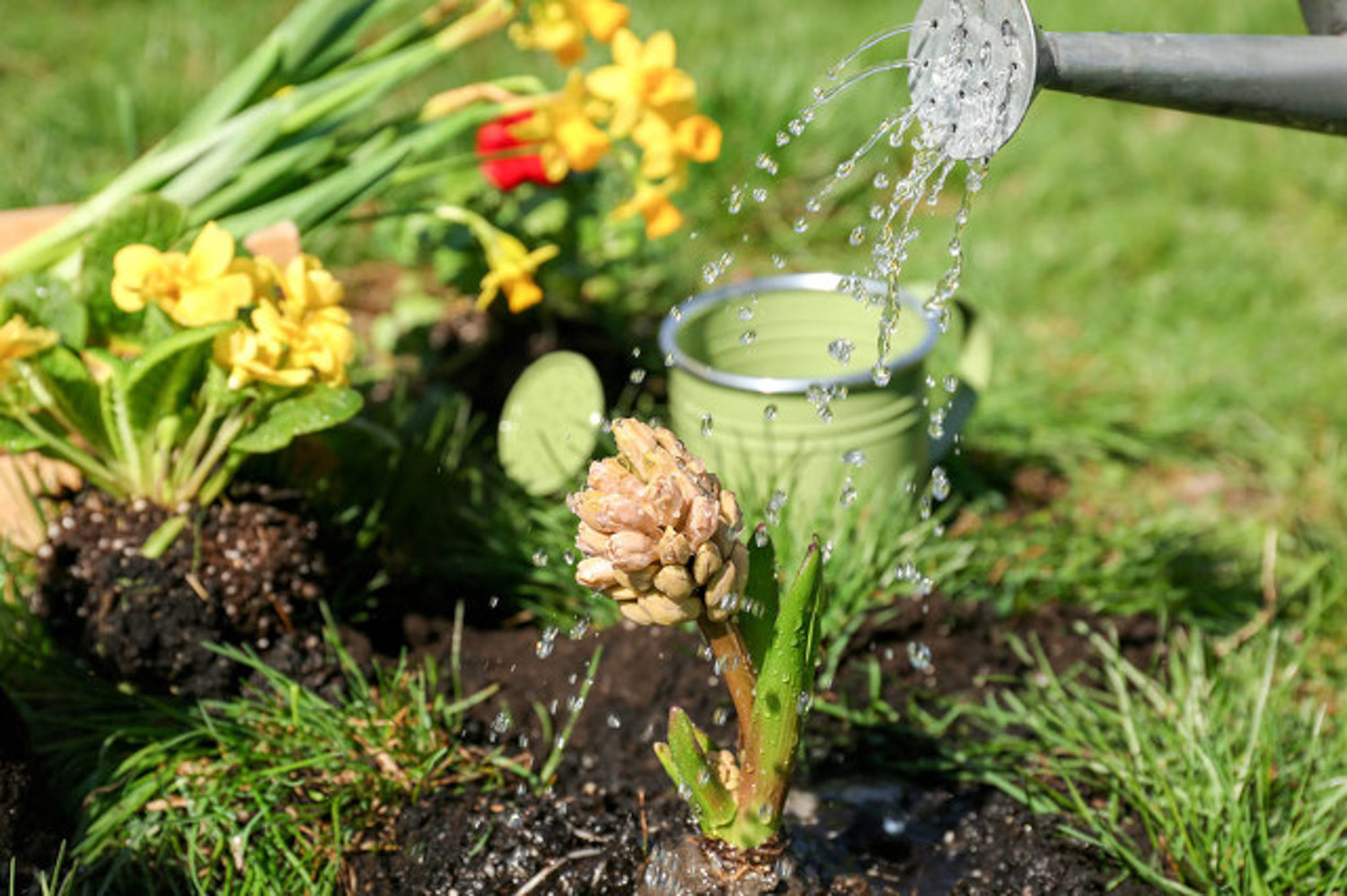
How to spray vinegar on the leaves
Take 1 tablespoon of vinegar, mix it with 300 times of water, stir it evenly, and then wipe the leaf surface with a soft cloth dipped in vinegar water or pour it into a kettle to spray the leaf surface. About once in 5 days, the leaf will become green and shiny
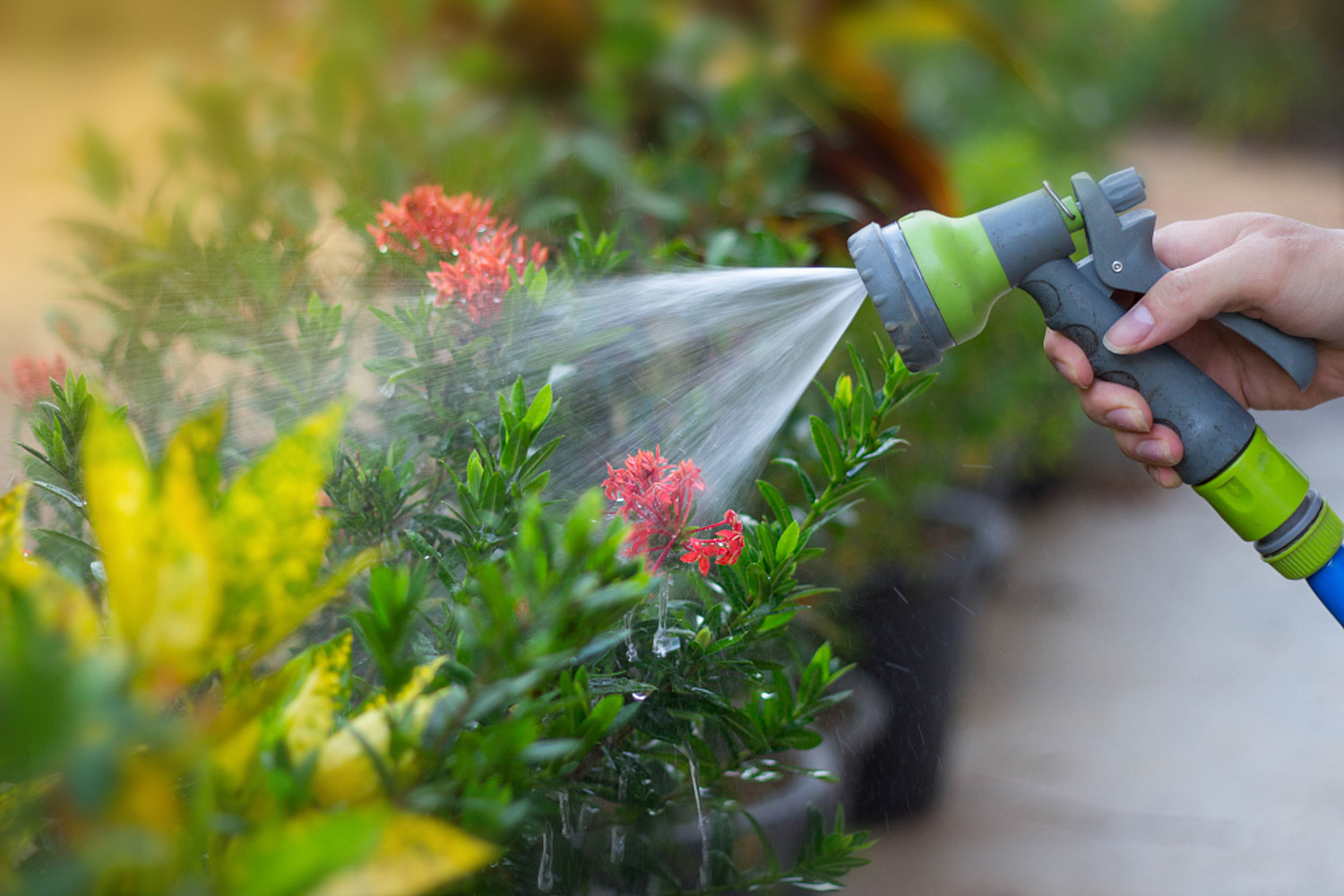
When vinegar is poured into the soil, the flowers are big and the leaves are green
Camellia, azalea, gardenia, jasmine and other southern flowers like acid. Once planted in the north, they are particularly easy to salinize and yellow leaves, which is very difficult to raise! In fact, this problem is easy to handle. It can be solved with a spoonful of vinegar
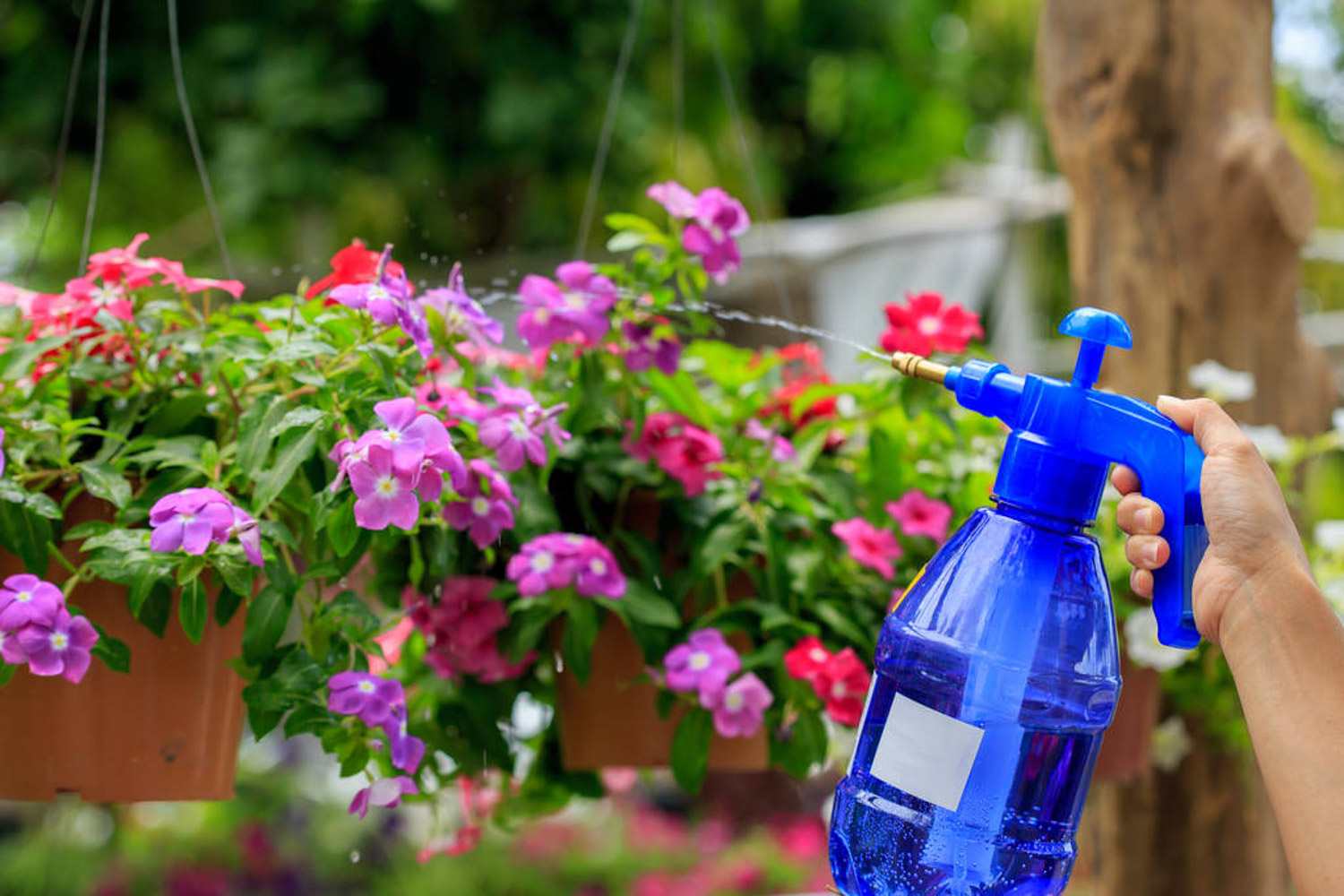
How does vinegar water the soil
Take a small spoonful of vinegar, mix it with water 1000 times, and pour it directly into the basin soil once a month to keep the basin soil slightly acidic. In this way, camellia, Rhododendron, gardenia, jasmine, etc. will have green leaves and no alkaline yellow
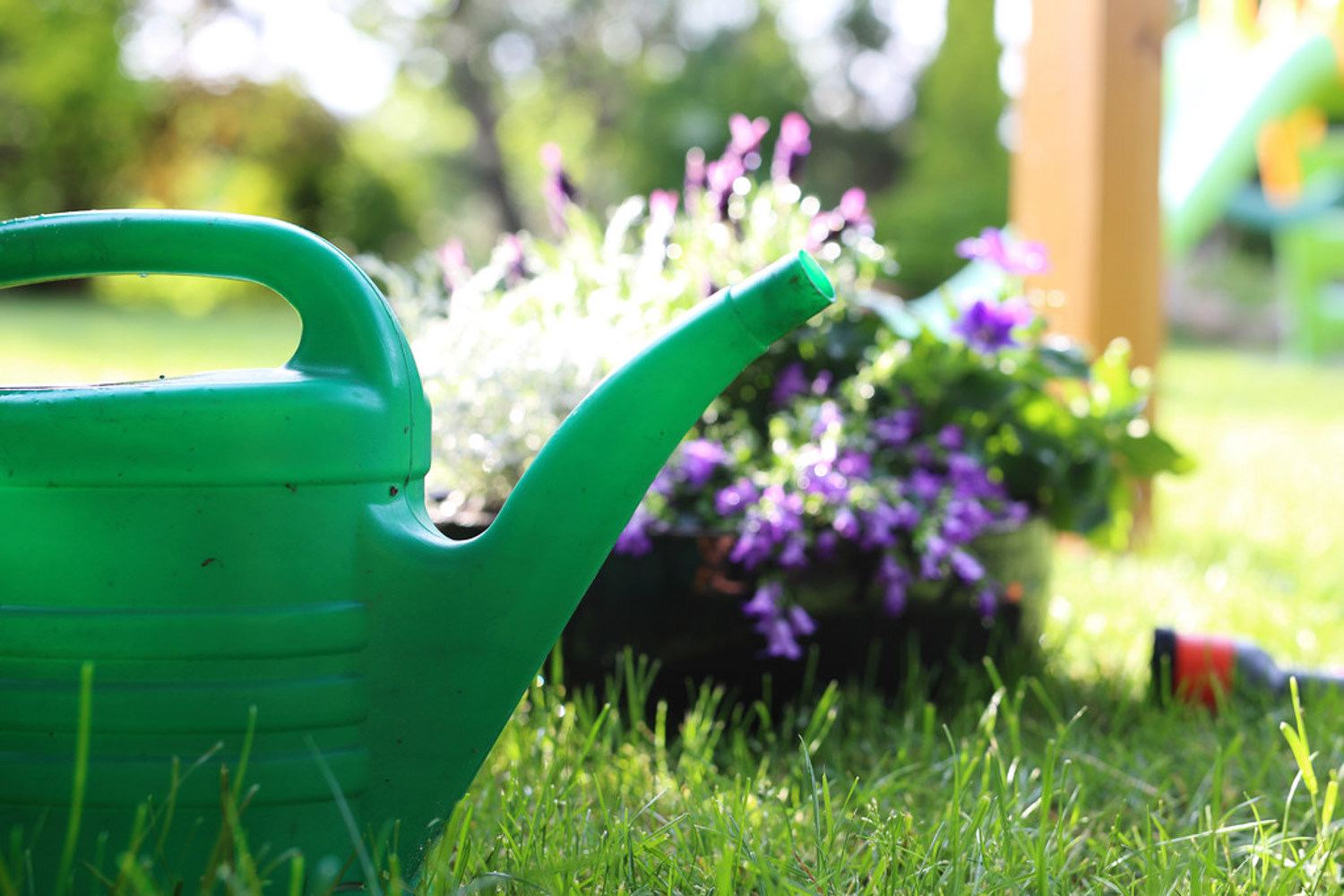
Spray vinegar, white powder and black spots are all gone
The flowers in the family, which attract powdery mildew and black spot, are always repeated, and one spread ten, ten spread a hundred, which is really annoying! Don't worry, a small spoonful of vinegar can be solved immediately
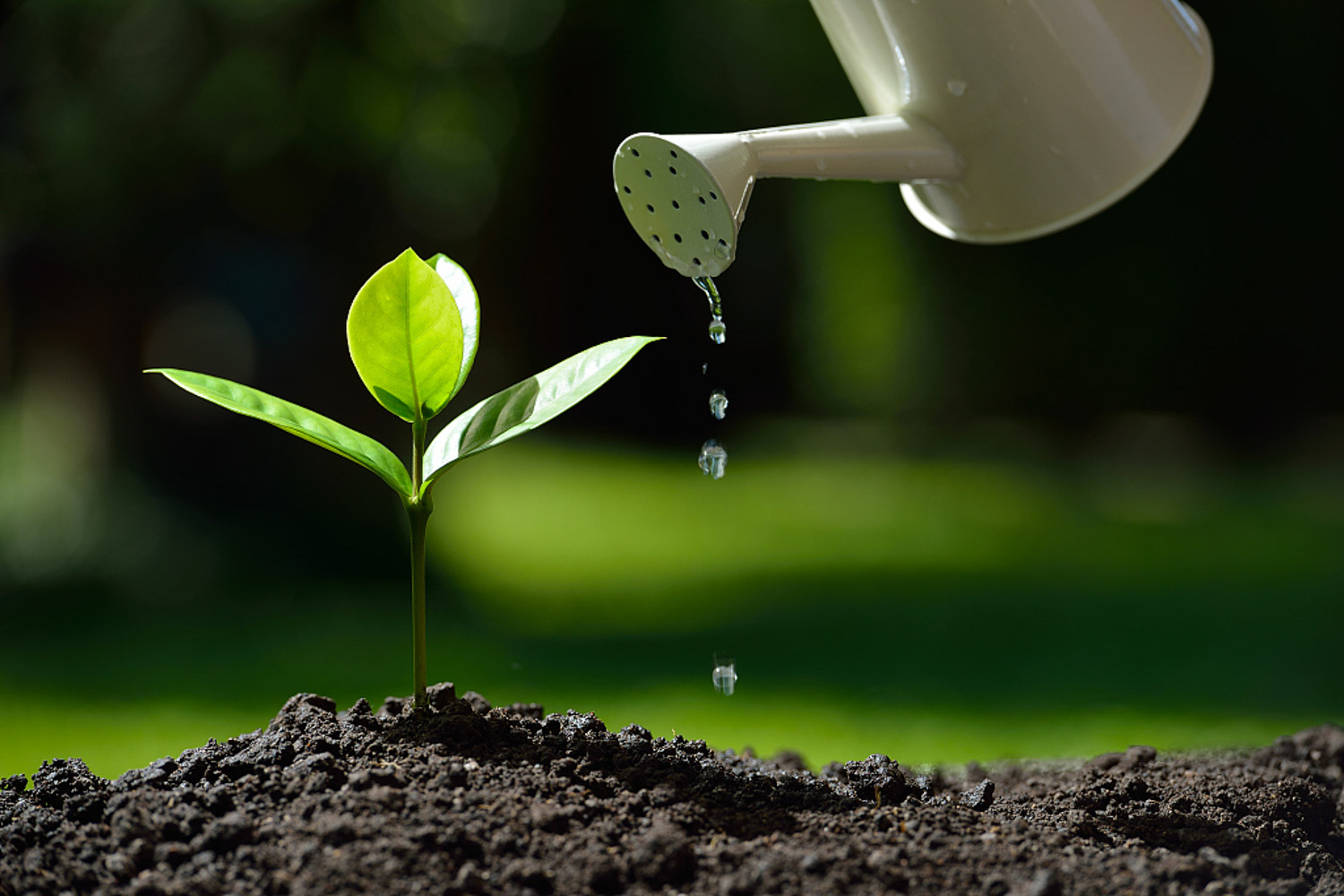
How does vinegar treat powdery mildew and black spot
If you find powdery mildew, black spot or soot on the flower leaves, scoop a spoonful of vinegar, then mix it with 150 times of clean water, pour it into the watering can, and spray it towards the leaves with white powder and black spots once a week, 3-4 times in a row, which is basically good
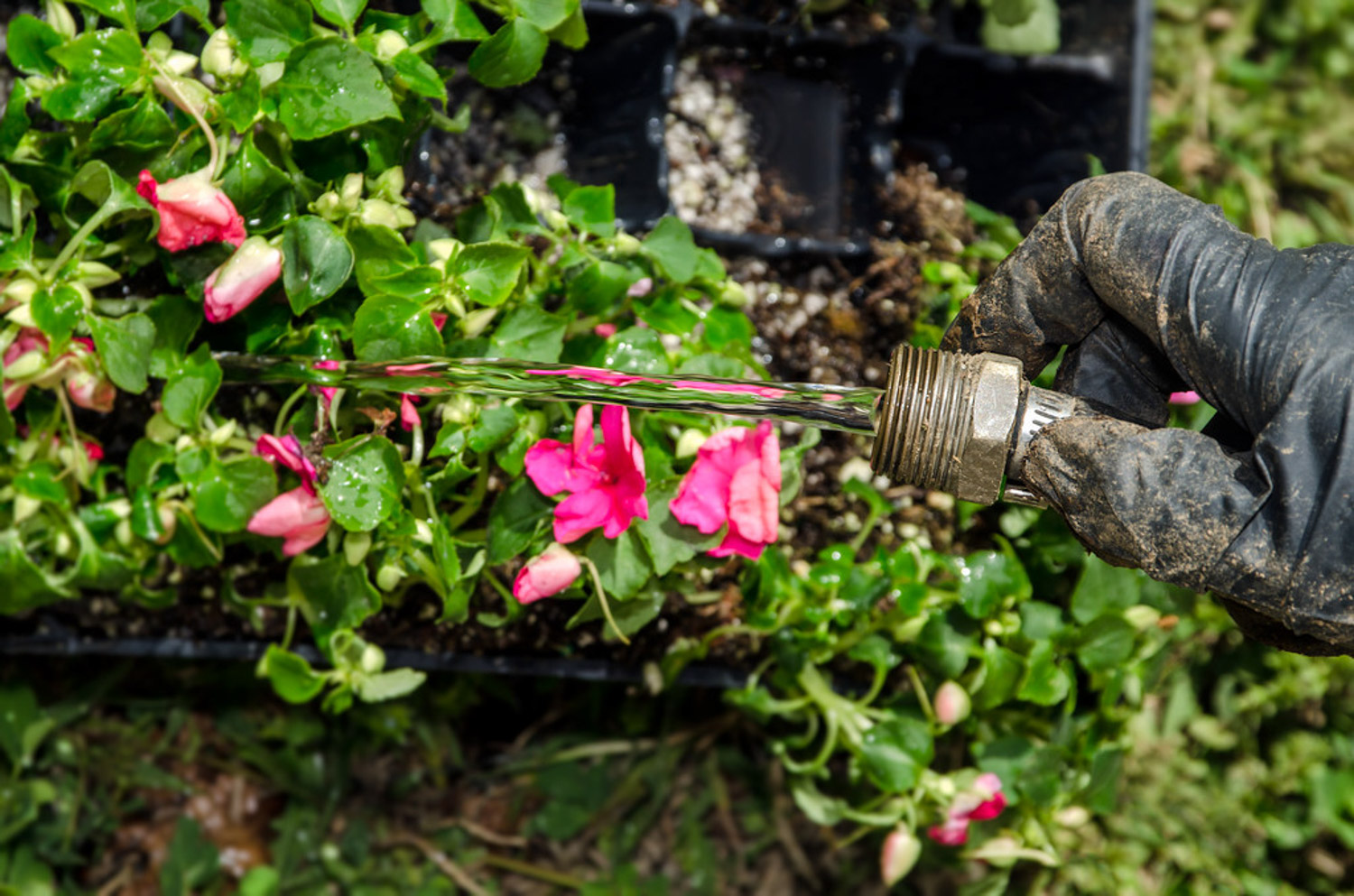
Wipe it with vinegar, and the aphids and red spiders will all die
Aphids and red spiders are also common pests in families. Flowers are particularly easy to catch yellow leaves and fallen leaves, and they are highly infectious. Basically, one trick can be used for other flowers! At this time, it can be solved with vinegar

How does vinegar treat aphids and scale insects
Take a little vinegar, mix it with water 100 times, dip a cotton swab in vinegar water, smear and wipe the place where there are aphids or red spiders, once every 5-7 days, wipe it continuously for 3-5 times, and it will almost be cured

Vinegar self-made rooting agent, grow white roots in 5 days
What if cuttings don't take root all the time? Without rooting agent, flowers can't have roots? wrong! A drop of vinegar at home can make the branches grow more white roots

How can vinegar make its own rooting agent
Take a little vinegar and mix it evenly according to the ratio of vinegar and water = 1:100. Immerse the bottom of the branches to be cutted in the vinegar solution, immerse the herbaceous branches for 20-30 minutes, and immerse the woody branches for 2-3 hours before cutting

Compost is always smelly. It can be solved by a drop of vinegar
Usually, when Huahua introduces self-made flower fertilizer every time, some flower friends always say that self-made flower fertilizer is too smelly. In fact, when self-made flower fertilizer is made, a little vinegar will not stink

How about composting vinegar
We make our own flower fertilizer, especially rice washing water, soybean water, fishy water, bone residue water, etc. when adding water, add a few drops of vinegar to it. When composting, it won't stink, so we can safely water the flowers

When spraying leaves with vinegar
Don't spray at noon in strong light
9-10 am or 3-4 PM in winter is the best time to take you
And with edible vinegar, salt free
No industrial vinegar

 how many times do yo...
how many times do yo... how many planted tre...
how many planted tre... how many pine trees ...
how many pine trees ... how many pecan trees...
how many pecan trees... how many plants comp...
how many plants comp... how many plants can ...
how many plants can ... how many plants and ...
how many plants and ... how many pepper plan...
how many pepper plan...



























